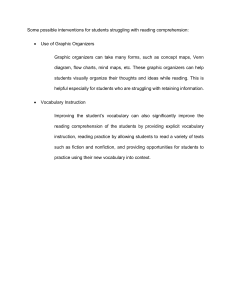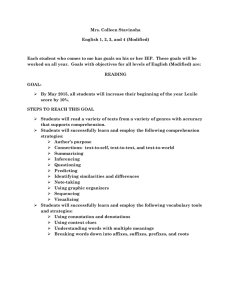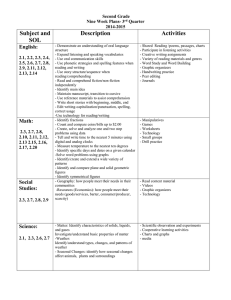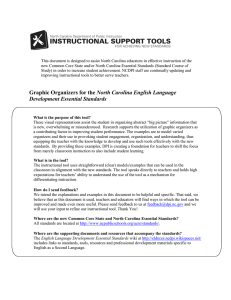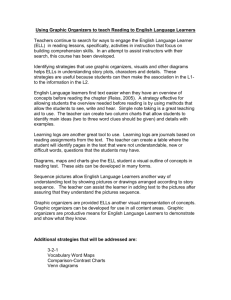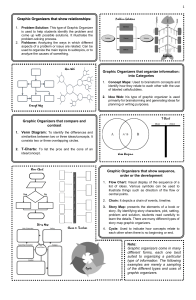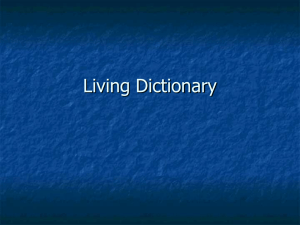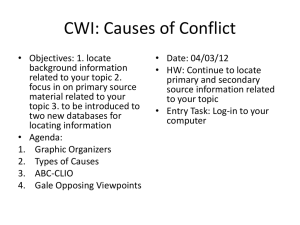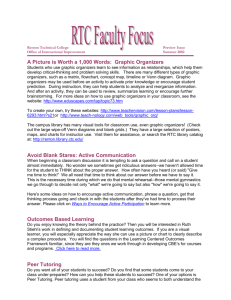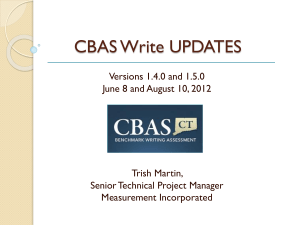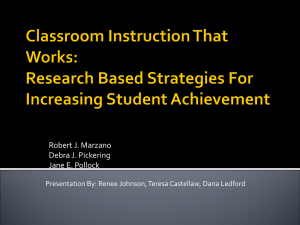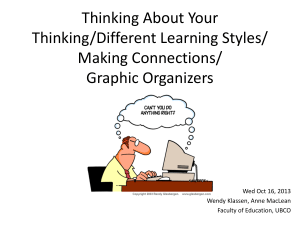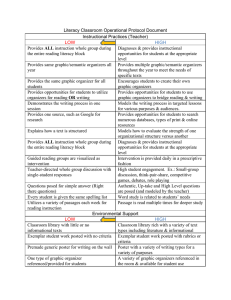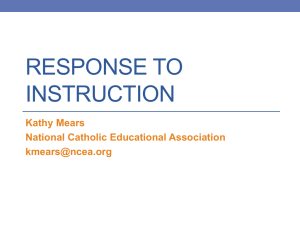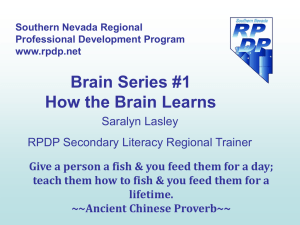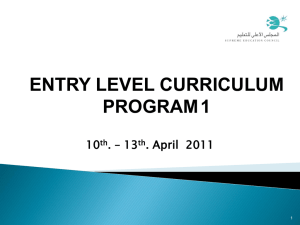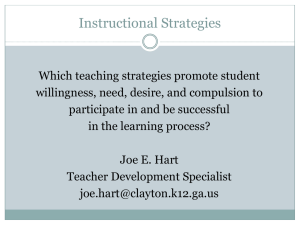Teaching Vocabulary using PAR Framework
advertisement
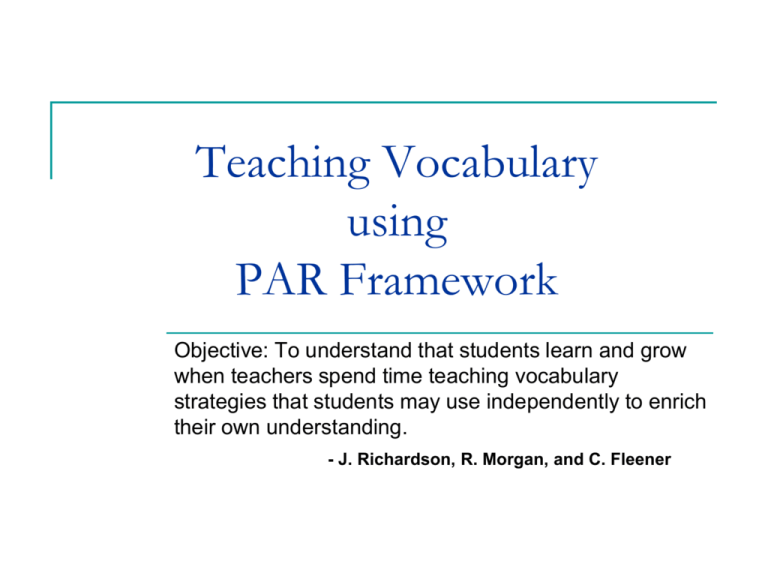
Teaching Vocabulary using PAR Framework Objective: To understand that students learn and grow when teachers spend time teaching vocabulary strategies that students may use independently to enrich their own understanding. - J. Richardson, R. Morgan, and C. Fleener P (Preparation) Students attempt to make sense of vocabulary terms before reading begins. Word Inventories readers assess their own knowledge and rate themselves Graphic Organizers information is displayed in a diagram and a discussion takes place on why it is arranged that way *most popular type of graphic organizer is semantic map (depicts the interrelationships and hierarchies of concepts in a lesson) Possible Sentences designed to introduce the new vocabulary and arouse curiosity about reading passages Vocabulary Connection students use a term from a previous book to describe a situation in a book currently being studies *encourages higher-level thinking skills as students make connections to content area subjects Capsule Vocabulary readers explore relationships among words and helps students connect those relationships with what the students already know A (Assistance) Teachers encourage students to develop word consciousness. Context Clue Discovery teachers share specific clues that students should look for in text to discover the meaning of unfamiliar words *definitions, signal words, direct explanations, synonyms, antonyms, and inferences DISSECT D-Discover word’s context S-Separate the suffix E-Examine the stem or root word T-Try the dictionary I-Isolate the prefix S-Say the stem or root word C-Check with someone Word Attack Paradigms students are given a series of steps to aid them in a new word Vocabulary Lists students keep a list of new terms they have mastered Organizational Charts students compare and contrast words using organizational charts Using the Dictionary good for exposure to new words but not useful in building and encouraging vocabulary R (Reflection) Teaching vocabulary after reading holds much promise in helping students thoroughly grasp the meaning of difficult terms. Interactive Cloze encourages students to pay close attention to words in print and to actively seek the meaning of passages by studying vocabulary terms Semantic Feature Analysis provides a deeper understanding of language *some researchers feel this is the best activity for teaching vocabulary Word Puzzles reinforces learned vocabulary Post-Graphic Organizers return to already created graphic organizers to enhance concept development DR-TA Vocabulary Search directed reading-thinking activity Vocabulary Study System T- Test O- Organize A- Anchor S- Say T-Test Vocabulary Self-Collection Strategy students and teachers share words they want to learn and remember after they read an assignment Language Enrichment *Keyword and Imagining * Word Analogies * Magic Squares * Vocabulary Illustrations * Vocabulary Bingo * Word Bubbles * Odd Word Out * Word Inquiry SummaryTaking into account all of the many strategies used to teach vocabulary, teachers must consider the cultural and developmental differences of the students. Teachers must plan for a wide variety of approaches, practices, and methods to teach vocabulary.
